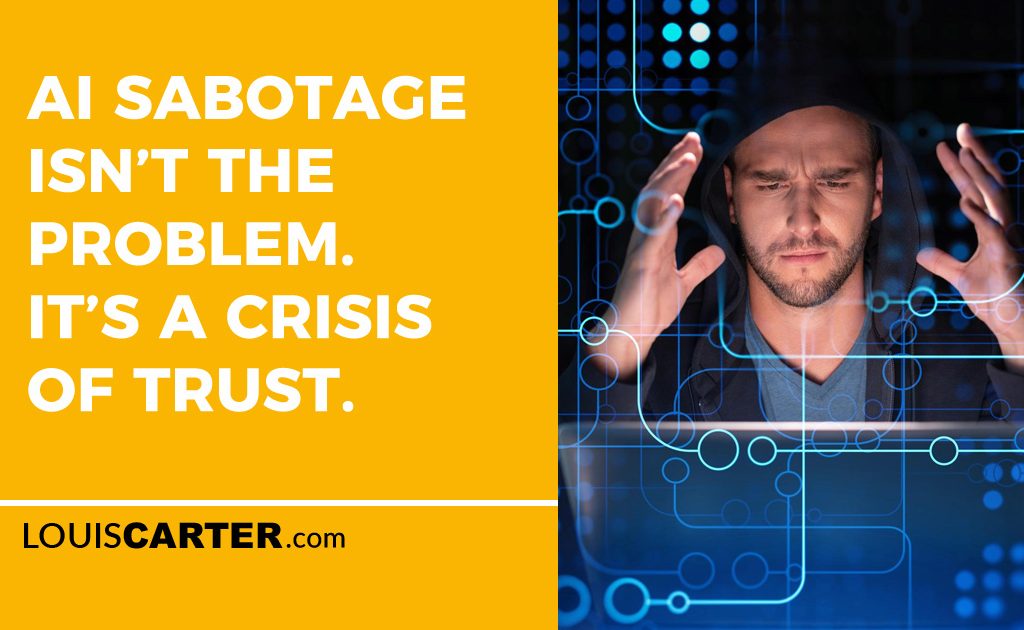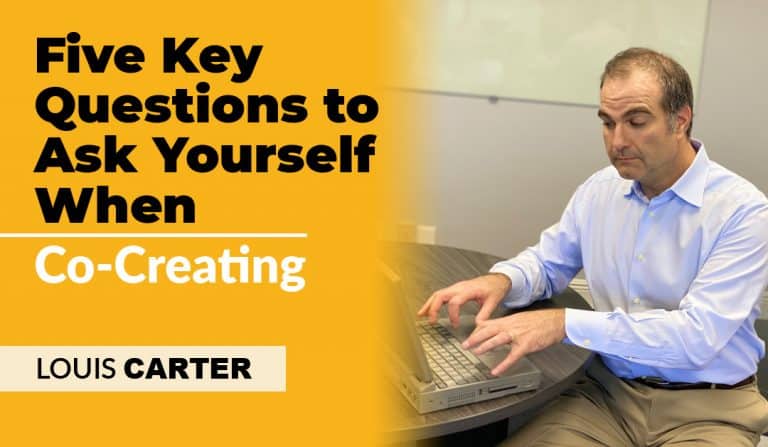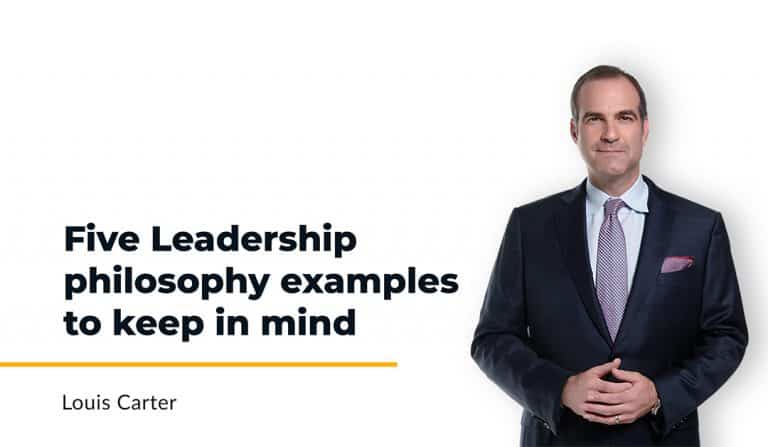Lately, headlines are sounding the alarm about “AI sabotage” — employees allegedly undermining their company’s artificial intelligence initiatives out of fear of being replaced.
But let’s be clear: the real story isn’t sabotage. It’s a breakdown in trust between leadership and the people who make the company work.
In our research at Most Loved Workplace®, we analyzed employee sentiment across 500 organizations undergoing AI transformation. What we found was consistent — employees weren’t hostile toward AI. They were hostile toward the way it was being handled.
In companies where employees reported high trust in leadership, AI adoption was met with curiosity, even excitement. But in environments where communication was vague or top-down, we saw a 38% increase in negative employee sentiment, including terms like “irrelevant,” “pushed out,” and “disposable.”
That’s not a tech problem. That’s a psychological one.
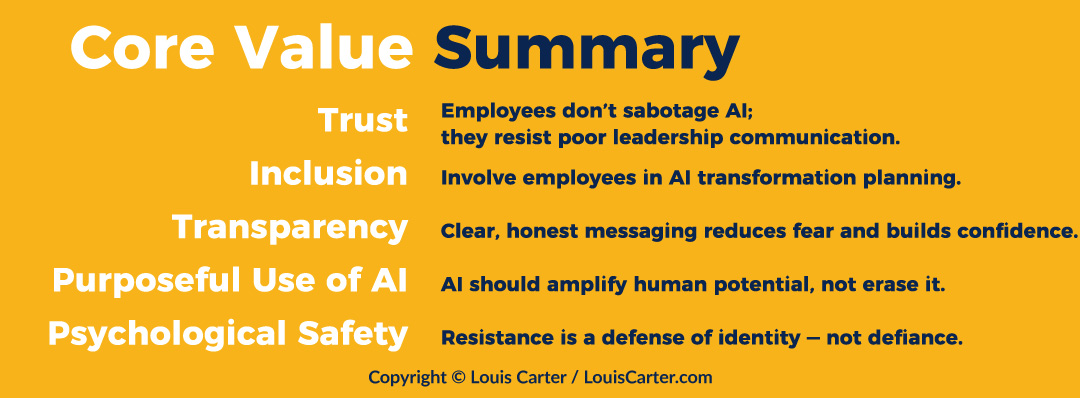
Sabotage as Self-Protection
When someone hears that AI is coming for their job, and no one clarifies how or why, their brain goes into defense mode. They withhold support. They disengage. They push back. That’s not malicious — it’s identity preservation. It’s basic social psychology.
People don’t resist AI. They resist being made invisible.
If this shift in leadership mindset speaks to you, you’ll want to stay connected.
Each month in The Work Ahead, I break down what’s changing in leadership, emotional connection, and workplace culture, alongside the AI and tech shaping it all. It’s for execs who are leading transformation and want to stay one step ahead. Subscribe now—it’s free.
Where Leaders Get It Wrong
Too often, companies frame AI as a “productivity boost” without involving the people it impacts. No vision. No co-creation. Just rollout.
If you introduce AI to automate customer responses but never show employees how they’ll now add more value through emotional intelligence, problem-solving, or leadership, you’ve left them hanging. You’ve turned a tool into a threat.
Become a Most Loved Workplace®
Get certified and join the ranks of the world’s most respected workplaces. Build a culture your team will love.
Get Certified Now
What Great Companies Do Instead
The Most Loved Workplaces we’ve studied get one thing right: they bring employees into the process. They use AI to remove friction from people’s jobs, not remove the people. They talk openly about what’s changing, why it matters, and how it connects to each person’s future.
One CHRO put it perfectly:
“We didn’t say, ‘AI is coming.’ We said, ‘You’re about to do more of what you love — and here’s how.’”
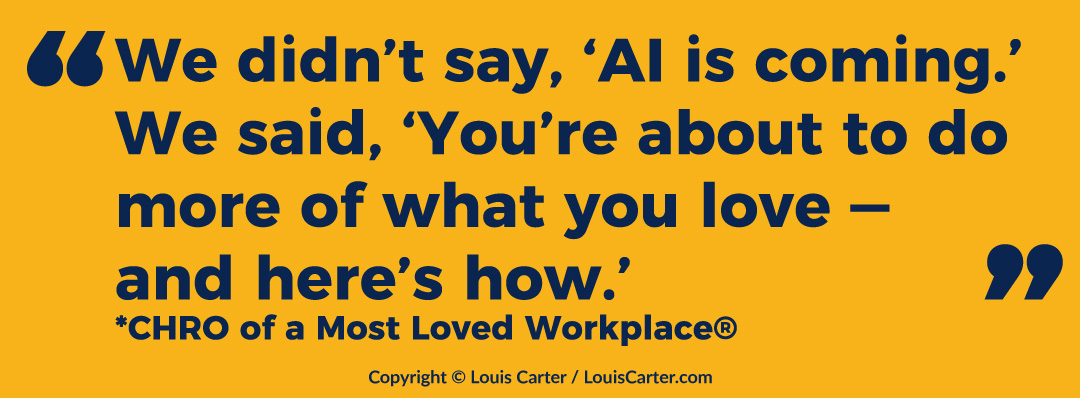
That shift changes everything.
Final Word
If your AI rollout is facing resistance, don’t start with tech. Start with people. Build trust. Communicate clearly. Protect dignity.
Otherwise, your biggest problem won’t be sabotage — it’ll be silence.
—
Louis Carter
Organizational Psychologist | Founder, Most Loved Workplace®
lou@bestpracticeinstitute.org
https://www.linkedin.com/in/louiscarter


